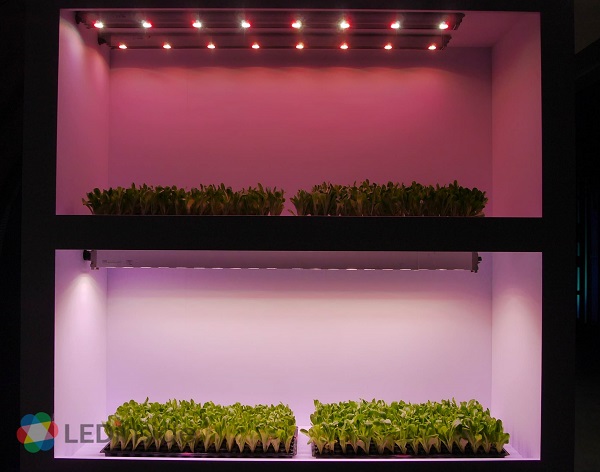A report of Thomson Reuters Foundation pointed out that cities lockdowns across the globe due to COVID-19 pandemic has made people to rethink the way they obtain food. Urban farming taking places in rooftops or other spare spaces in the city may be the solution for food supply. Horticulture LED lighting can thus become a critical supporting equipment for household or community farming applications.
Panic buying has been reported in many countries during the coronavirus crisis. Kotchakorn Voraakom, the landscape architect who designed Asia's largest urban rooftop farm in Bangkok, noted that the situation has made people to think more about the origin of food, how vulnerable the food supply chain could be and how they can tackle the issue.

Urban farming could be crucial for the growing population in cities all over the world. According to the forecast of the UN, more than two-thirds of the world population will live in cities by 2050.
In Singapore, where 90% of food is imported, urban farming including vertical and rooftop farms is getting popular. The country aims to product 30% of its nutritional needs by 2030 by increasing the local supply of fruits, vegetables and protein from meat and fish.
Horticulture LED lighting production is also taking the needs for household farming into consideration. Conventional horticulture LED lighting implements red, blue or UV enriched LEDs to boost yield. But these light sources are not suitable for household applications as people also live with the plants.
Household farming applications require light with wavelengths more similar to natural light. The installation of the grow light cannot disrupt indoor activity and space. Some lighting companies are developing solutions for household urban farming in addition to professional grow lights for plant factories.
With increase awareness in food production, urban farming might be a new application target for horticulture lighting.












